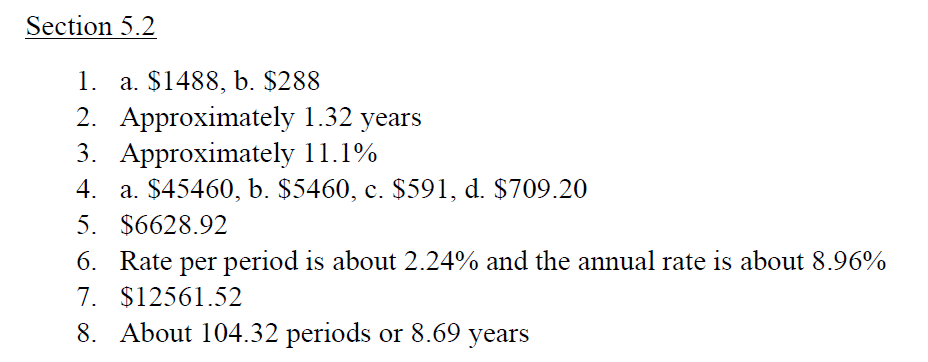Interest is a payment from a borrower to a lender or from a bank to a depositor to compensate them for the use of money. You might take out a loan to finance a purchase and pay the borrower money for the privilege of using the money for some amount of time. You might also deposit money in a bank or credit union and be paid interest on your deposit. The bank will use your money for other purposes such as financing loans to customers and pay you the interest for the use of the money.

How much interest you pay or earn depends on the rate at which you interest is accrued, how much money is being used, and the length of time the money is being used. In addition, interest may be earned or paid as simple interest or compound interest. In this section you will learn how to compute each type of interest.
We have several objectives in this section.
- Compute future value using simple interest.
- Compute future value using compound interest.
- Explain the difference between simple interest and compound interest.
- Solve the compound interest formula for different unknowns, such as present value, length, and interest rate of a loan.
Use the workbook and videos below to help you accomplish these objectives.
Section 5.2 Workbook (PDF) 11/2/19
Practice Solutions
Videos
Caution: The videos below use P0 for the present value or original amount instead of P, You will also find that they use A instead of F for future value.
Be careful in using the compound interest formula…what we call the interest rate per period, the video calls r/m. And the number of compounding periods (the power) they write as nt. All of this is included when we use
where F is the future value, P is the present value, i is the interest rate per period and n is the number of total compounding periods.

